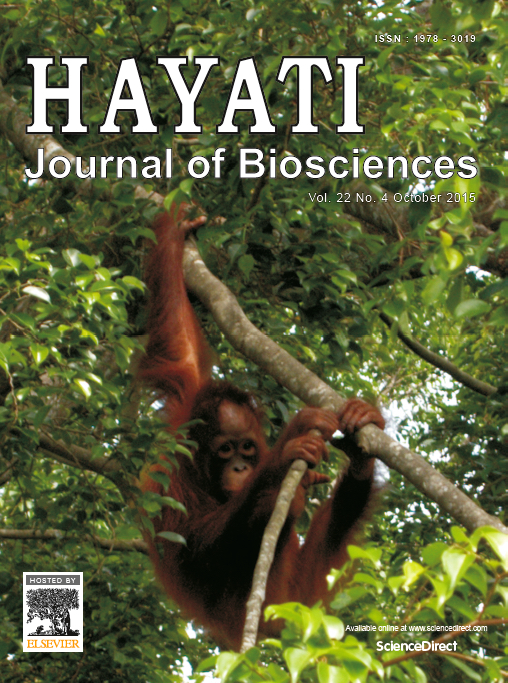Identification of Diagnostic Mitochondrial DNA Single Nucleotide Polymorphisms Specific to Sumatran Orangutan (Pongo abelii) Populations
Abstract
The hypervariable region I of mitochondrial DNA has frequently been used to distinguish among populations, in particular in species with strong female philopatry. In such cases, populations are expected to diverge rapidly for hypervariable region I markers because of the smaller effective population size and thus increased genetic drift. This rapid divergence leads to the accumulation of mutations exclusively found in one population, which may serve as diagnostic single nucleotide polymorphisms (SNPs). To date, diagnostic SNPs distinctive to Sumatran orangutan populations have not yet been described. However, given the continuously declining numbers of Sumatran orangutans, this information can be vital for effective conservation measures, especially regarding reintroductions of orangutans in rehabilitation centers. Phylogenetic analyses of 54 samples of Sumatran orangutans from nine sampling sites with good provenance, we found five major clades and a total of 20 haplotypes. We propose a total of 52 diagnostic SNPs that are specific to Sumatran orangutan populations. Data can be used to develop restriction fragment length polymorphism assays to carry out genetic assignments using basic laboratory equipment to assign Sumatran orangutan to their population of origin.Downloads
HAYATI J Biosci is an open access journal and the article's license is CC-BY-NC. This license lets others distribute, remix, tweak, and build upon author's work, as long as they credit the original creation. Authors retain copyright and grant the journal/publisher non exclusive publishing rights with the work simultaneously licensed under a https://creativecommons.org/

























.png) IPB University
IPB University Department of Biology
Department of Biology The Indonesian Biological Society
The Indonesian Biological Society 

